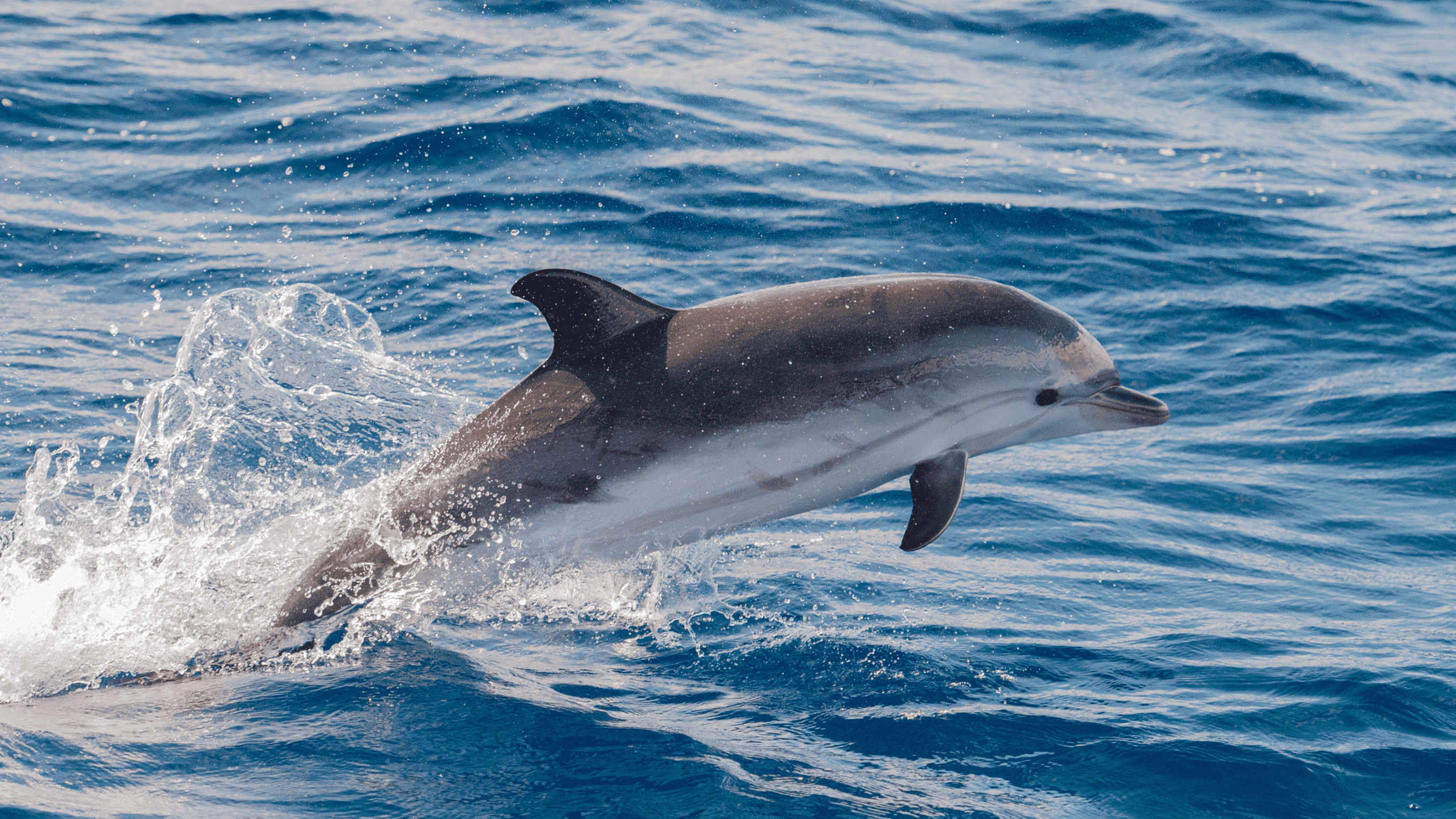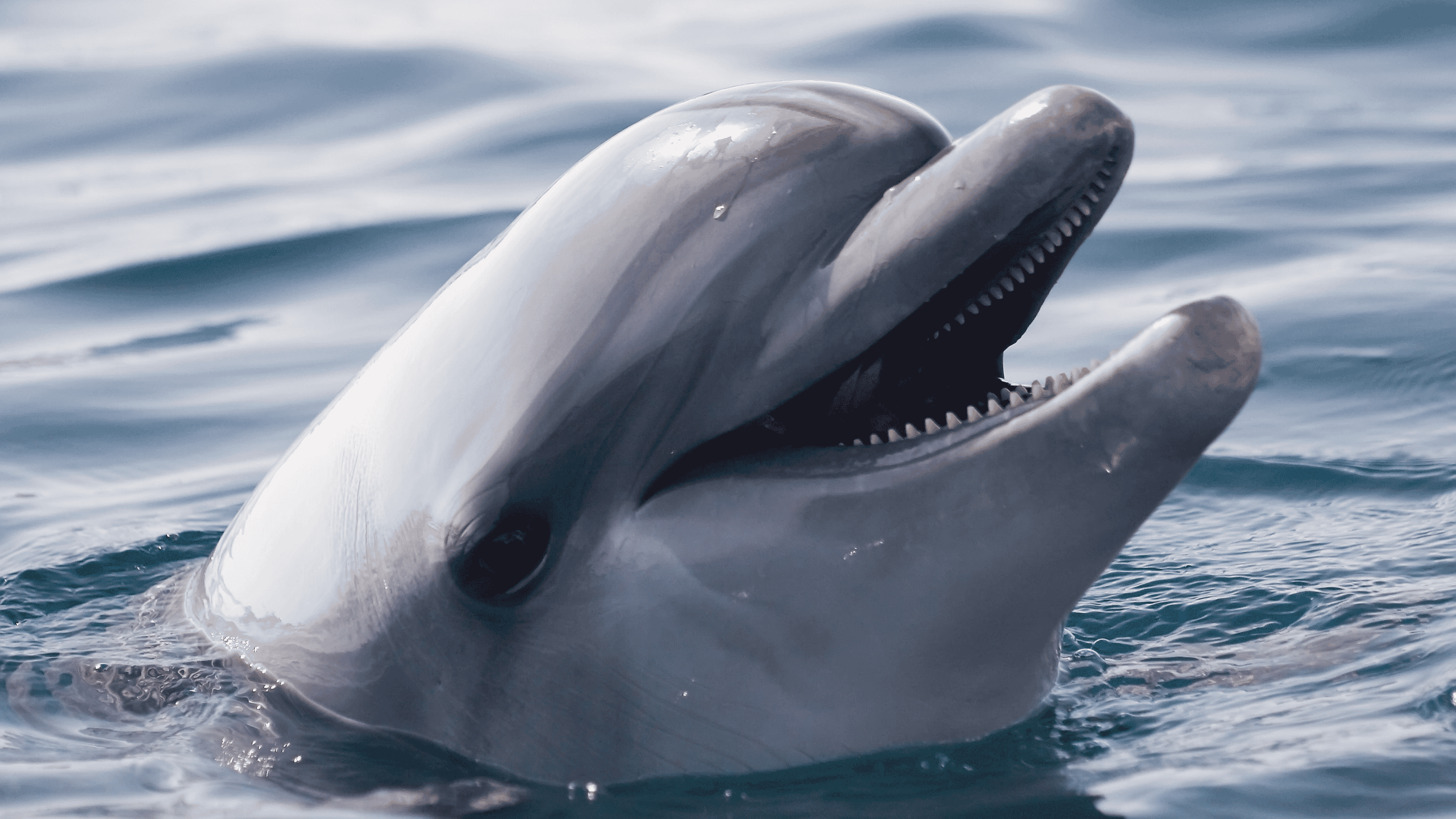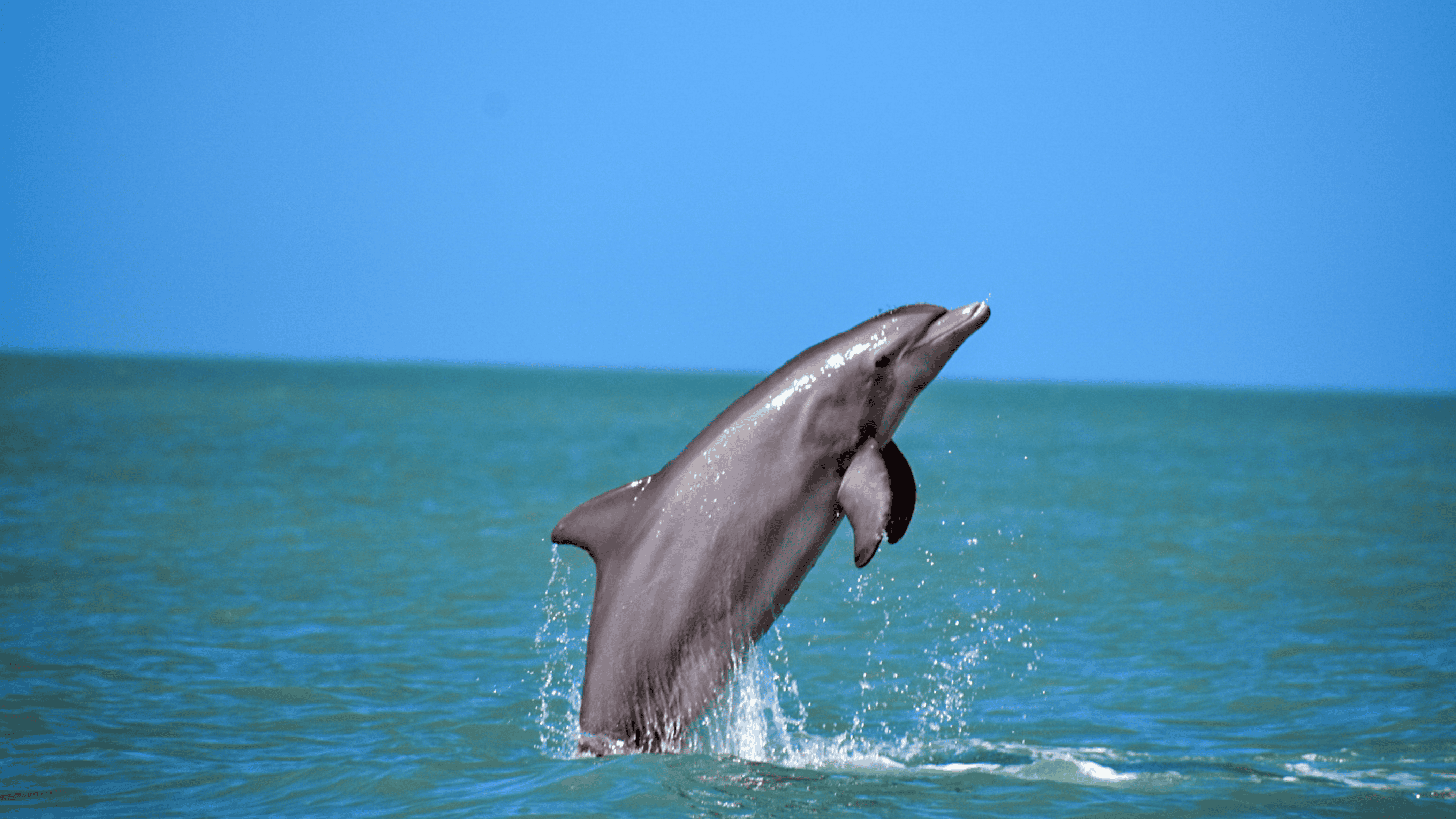Where Do New Jersey Dolphins Go During the Off-Season
When the off-season rolls around, the majestic dolphins that call the waters off the coast of New Jersey home undergo intriguing migrations and behavioral shifts.

Where Do New Jersey Dolphins Go During the Off-Season
Unlike migratory birds or land animals, dolphins don’t necessarily leave the area entirely, but their movements do change significantly.
One of the most notable behaviors is the tendency for dolphins to travel to warmer waters during the colder months.
This migration is driven by the need to escape dropping temperatures and find more favorable conditions for breeding and feeding.

However, not all New Jersey dolphins embark on such long journeys. Some opt to stay closer to home, particularly in the southern parts of the state where water temperatures are relatively milder compared to the northern regions.
Also See: Battleship New Jersey Dry Dock Tours Are Available!
These dolphins might seek out sheltered areas, such as estuaries or bays, where they can find sufficient food and protection from harsh weather conditions.

Breeding typically occurs during the warmer months, and the off-season provides an opportunity for courtship rituals and the formation of social bonds within dolphin pods.
Additionally, the off-season presents challenges for marine conservationists and researchers who study these charismatic marine mammals.
Understanding where New Jersey dolphins go during this time is crucial for their conservation, as it helps identify critical habitats and potential threats they may face along their migratory routes.
